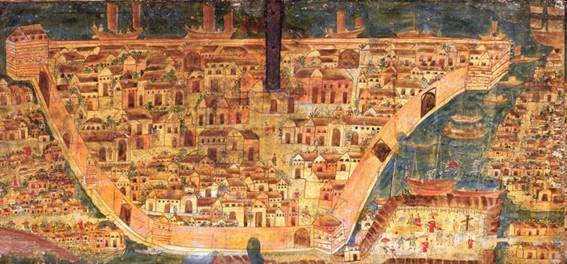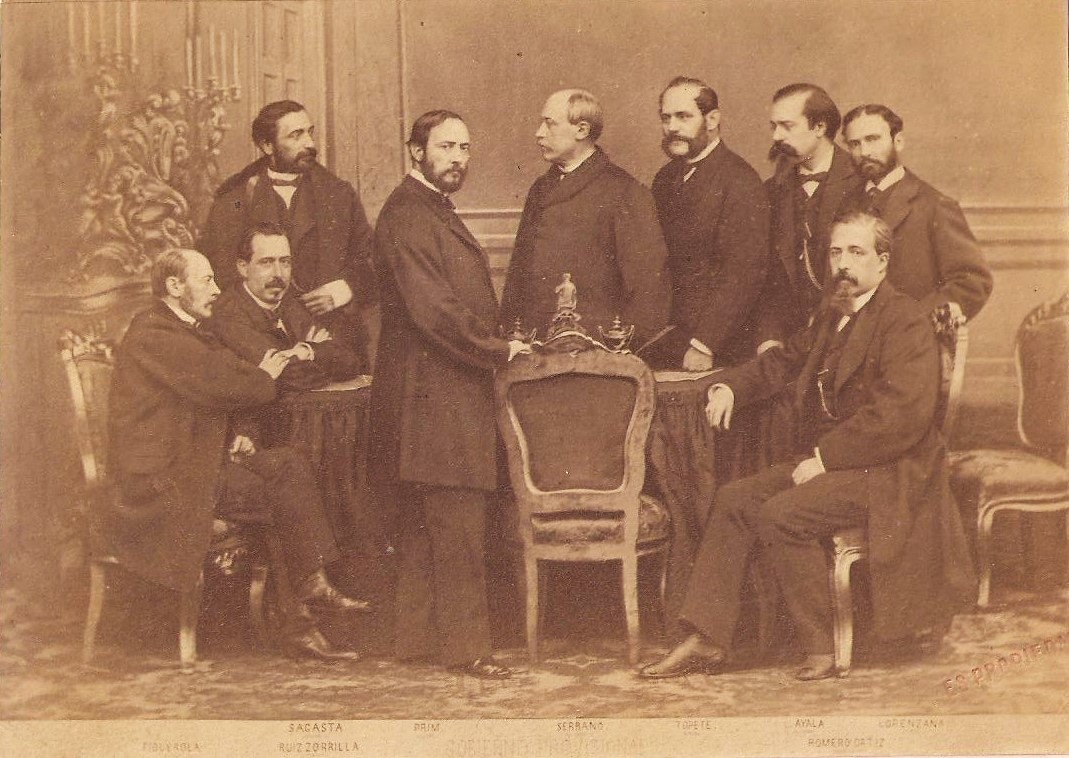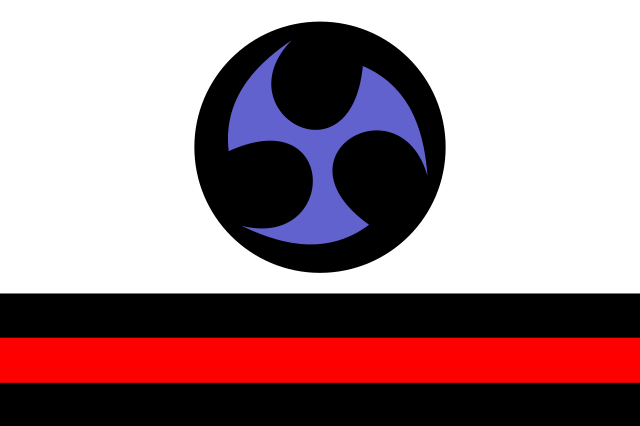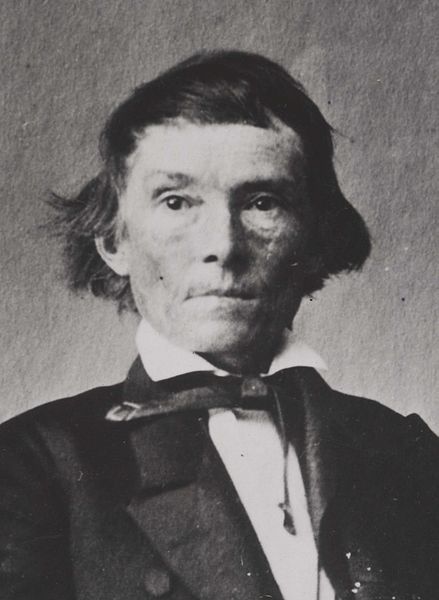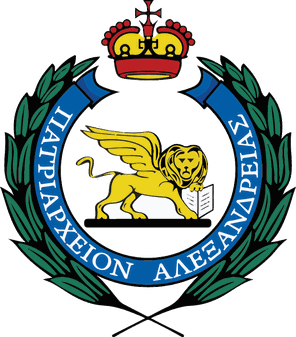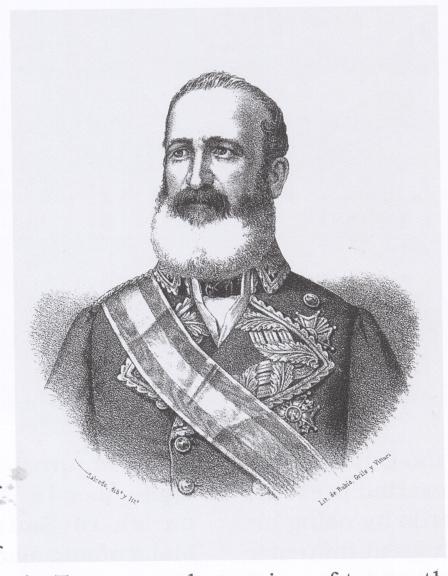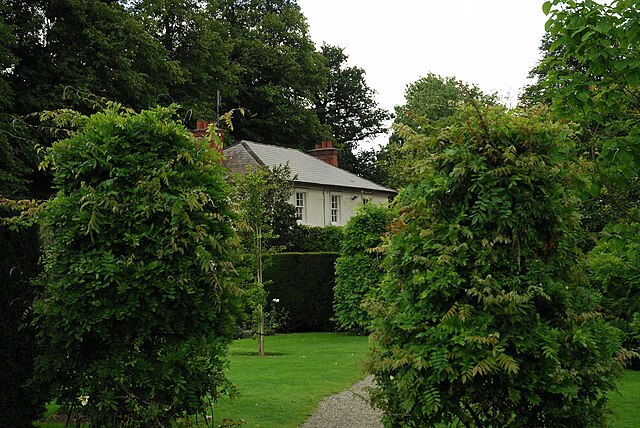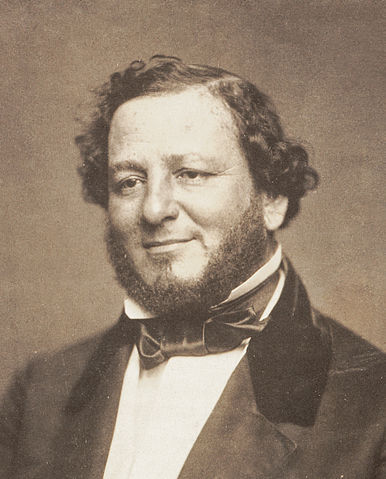Book 1, Chapter 1: Timeline of Events
1869
18 January:
In the Palace of Malacañang in Manila, the leader of Samahang Kumintang Juan Mercurio Dimalibot met with Chief Minister Maximo Inocencio in relation to the current situation in the three Tagalog-speaking provinces (Batangas, La Laguna and Tayabas). In the said meeting, Dimalibot presented the letter he wrote days ago in Taal to the Chief Minister of the Colonial Government, arguing the advantages of a single Tagalog-speaking province on the balance of influence and power in the whole Philippine archipelago. Sources close to the Office of the Chief Minister said that Inocencio was seriously considering the proposal presented by the cultural group presided by the well-known Tagalog-language poet and novelist; they added that the Caviteño businessman-statesman even considered Samahang Kumintang as the de facto provincial government of the Tagalog Lands.
19 January:
The President of the Colonial Council of the Philippines has confirmed that the Intendencia building would be used by the council in their regular sessions until further notice, especially in the period where Madrid would granted the Philippines its deserved self-government. According to Joaquin Pardo de Tavera, the Council found the recently-reconstructed building suitable to the needs of the delegates like the regular session rooms and offices. Originally built on 1823 and completed six years later, the original Intendencia suffered damages from the 1863 earthquake; because of the donations sent by Manila's leading industrialists and a grant from Junta Provincial de Manila, through the help of Luis Perez Yap-Sionjue who planned the reconstruction and repair of the building, it took only almost two years to complete such task (1864-66).[1]
20 January:
In the Spanish capital Madrid, the President of the Provisional Government told the members of the local press, as well as foreign wire correspondents, that although the delegates of the new Constituent Assembly were already been elected, he argued that that the newly-elected assemblymen would have to wait until its formal inauguration on the 11th February to officially start its business. Francisco Serrano explained that the main reason behind this delay was to allow the delegates from all over the country to travel to the capital and prepare adequately for their new job as members of the Constituent Assembly. The recent elections, which was held last 15th of January (Friday) and participated by 70% of the registered electorate, saw the ruling Government Coalition (Progresista-Unión Liberal-Demócrata) caught 236 of the 352 contested seats in the Constituent Assembly.
21 January:
In the British protectorate of Hawaii, it was rumored both inside and outside the royal residence of 'Iolani that the monarch has been pressured by the people close to the office of Kuhina Nui, especially close friends of John Papa Īī, to amend again the constitution, which would suggest that the remaining powers currently the King have would be ceded to Kuhina Nui, thus relegating the former's role into a ceremonial one, as the Kuhina Nui would eventually became the Hawaiian equivalent of the office of Prime Minister in countries like Great Britain. In addition, according to the same rumors, if the amendments continued and consequentially approved by the Hawaiian , John Papa Īī, being the de facto head of a Westminister-inspired Hawaiian government, would meet his Midways/CSA counterpart Alexander H. Stephens in Honolulu in relation to the boundary issue in St. Stephens/Nihoa. A teacher and historian by profession, Īī was a member of the House of Nobles, the upper house of the Hawaiian Parliament from 1849; he was appointed as Kuhina Nui in 1865 after the monarch Kamehameha was forced to amend the current constitution, which was promulgated on 1864, at the instigation of the agents appointed by the Colonial Office back in London.[2]
John/Keoni Papa ʻĪʻī
Kuhina Nui (Chief Minister)
Kingdom of Hawaii
22 January:
In the province of Ilocos, the Presidente de la Junta Provincial responded to the reports that some people across the province were waving the flag of the Basi Revolt, also known as la Señera Ilocana for its similar design with the Catalan ensign, although with different colors. Tomás Querubin explained that while displaying "submissive" symbols like the Basi Revolt flag was punishable by law, he admitted that such punishment was not applicable to faraway provinces like Ilocos, especially during the recent months after the wake of "La Gloriosa". The head of the Ilocano provincial government had reiterated that once Madrid had given the Philippines its deserved self-government, such punishment would be suspended and/or repealed immediately. The Señera Ilocana was first used by the rebels in their twelve-day revolt (16-28 September 1807) against colonial authorities over the taxation and monopolization of the production of their beloved wine basi, made from sugarcane.
23 January:
In the Egyptian city of Alexandria, after weeks of regular meetings with the Egyptian bishops, (Greek) Orthodox Patriarch Nicanor announced that a consensus has been achieved in relation to the language used in the church services throughout the country. According to the patriarch, it has been agreed that there would be three separate services: one in Egyptian language for the native adherents of the (Greek) Orthodox Church of Alexandria, Greek for the Hellenic community, and Aramaic and/or Phoenician for the Levantine community. For the last two services, (Greek) Orthodox Patriarch Nicanor has recognized that it could be applied to the largest cities like Alexandria and Cairo.
Emblem of (Greek) Orthodox Church of Alexandria
24 January:
After months of selecting the candidates for the Office of the Governor-General of the Philippine Islands, added with the fact that the Constituent Assembly elections was held last 15th of January, thus delaying the final selection of the chosen candidate for the said post, the President of the Provisional Government Francisco Serrano and Overseas Minister Adelardo López de Ayala selected Carlos Maria de la Torre y Nava Cerrada as the next Governor-General of the Philippines, succeeding José de la Gandara in the next few months.
25 January:
In the colonial capital Manila, Chief Minister Maximo Inocencio has reiterated that he was seriously studying the proposed single Tagalog-speaking province as presented by the chairman of Samahang Kumintang Juan Mercurio Dimalibot. The head of the colonial government further said that he would discuss the proposal with both the Governor-General and his colleagues in the Colonial Council of the Philippines. Currently, beside the provinces of Batangas, La Laguna and Tayabas, Tagalog-speaking people also lived in the island of Marinduque, currently under the jurisdiction of the island-province of Mindoro, as well as in the southeastern part of the Chavacano-speaking part of Cavite[3].
26 January:
In the Belgian capital Nivelles, Interior Minister Eudore Pirmez presented his proposed legislation before the members of the Senate, the upper chamber of the Belgian Parliament. Like in the Chamber of Representatives, the proposal called for the unification of the provinces of (Western) Luxembourg and Liège under a single administrative unit called the province of Ardennes. According to the sources in the upper chamber, the presence of Prime Minister Walthère Frère-Orban in the session hall of the Senate highlighted the rumors that Frère-Orban himself endorsed the said proposed legislation, aside from the fact that the current head of the Belgian government was born and raised in the city of Liège, considered as the cultural capital of the Walloons.
Walthère Frère-Orban
Prime Minister
Kingdom of Belgium
27 January:
In the Davaoeño capital Nueva Vergara, Felicano Oyanguren told the members of the press, both local and representatives from Manila, that the ongoing negotiations with the colonial government would still continue after Maximo Inocencio's term as Chief Minister ended and/or self-government was finally granted to the archipelago. The current Presidente de la Junta Territorial explained that anyone who would succeed the current Chief Minister or a head of the new Philippine government should study the transcriptions of the previous meetings in order to gave him an idea on achieving a long-lasting agreement on compensating Kidapawan Manobos, who were now living in southern Misamis province.
28 January:
In the Chinese capital Peking, the Emperor decreed that a separate province for the Hakkas would be created from southern Jiangxi (Ganzhou Prefecture), northeast Guangdong (prefectures of Meizhou and Heyuan and eastern Shoaguan) and southwestern Fujian (Longyan prefecture), with the city of Meixian was chosen as the capital[4]. The new province, named Guangbei by Emperor Xiuquan, was said to honor the contributions made by the Hakkas in overthrowing the Shuns and establishing him as the new Son of Heaven.[5]
29 January:
In the Intendencia in the colonial capital Manila, Chief Minister Maximo Inocencio presented before his colleagues in the Colonial Council a series of issues including the suspension of so-called subversive symbols from the Penal Code, the compensation to the Kidapawan Manobos and the proposed single Tagalog-speaking province presented by Samahang Kumintang through its chairman, poet and novelist Juan Mercurio Dimalibot. According to the insiders within the Colonial Council,the Tagalog Lands issue almost caused division among the delegates: some, including delegates from the three Tagalog-speaking provinces (Batangas, La Laguna and Tayabas) were in favor to the said proposal, while others, especially from Cavite and Mindoro, were against the unification of the Tagalog Lands, presenting arguments ranging from territorial concerns to the timing of the proposal. Because of the fact that the session was held on a Friday, it was then decided by the President of the Colonial Council Joaquin Pardo de Tavera to continue the discussion on Monday.
NOTES:
[1] A decade earlier than OTL.
[2] Yup, the situation was very different from OTL.
[3] OTL Tagaytay City and Alfonso, Cavite.
[4] It never happened in OTL
[5] The Shun lasted longer than OTL, and Hong Xiuquan was saner that his OTL counterpart, having passed the imperial examination and became part of the military; this was also my tribute to xboxman's Taiping timeline.

